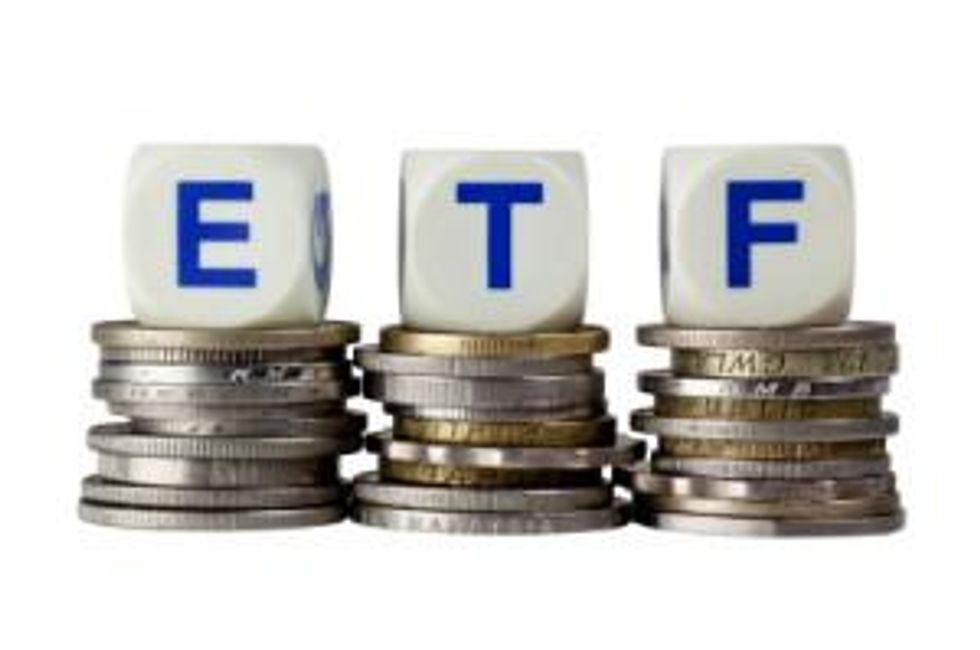The Conversation (0)
Watch These 2 ETFs During Crude Oil’s Seasonal “Sweet Spot”
Feb. 12, 2014 04:20AM PST
Energy InvestingFebruary 12 to April 22 is crude oil’s seasonal “sweet spot.” Here are two ETFs worth taking a look at the market enters that period.
As crude oil market participants are no doubt aware, prices for the fuel tend to move higher between mid-February and September. What’s less well known is that between February 12 and April 22, crude oil enters a seasonal “sweet spot.”
During that time period, The Globe and Mail explains in a recent article, crude oil has gained an average of 9 percent over the past 30 years, achieving positive results “in 21 of those periods.” On an even better note, it has gained during that period in nine of the past 10 years “for an average return of 16.87 per cent.”
But will 2014 treat crude oil as well as past years have? The Globe and Mail believes the answer is yes. For one thing, economic growth is poised to boost demand for the fuel. For another, colder-than-average temperatures in the Northeastern United States have been driving demand for heating oil, and that has “supported the price of the energy commodity since mid-January.” Finally, the technical profile for crude oil is improving — the publication notes that it is “developing a base building pattern” between US$91.24 and $100.75 per barrel.
To take advantage of crude oil’s upcoming sweet spot, The Globe and Mail suggests investors take a look at the United States Oil Fund (ARCA:USO) and the Horizons NYMEX Crude Oil ETF (TSX:HUC), two exchange-traded funds (ETFs) that track crude oil. Here’s an overview of what those ETFs have to offer.
United States Oil Fund
Managed by United States Commodity Funds, the United States Oil Fund’s portfolio is made up of “listed crude oil futures contracts and other oil-related futures and may consist of forwards and swap contracts,” its fact sheet states. Its purpose is to track the movement of West Texas Intermediate light, sweet crude oil.
More specifically, daily changes, in percentage terms, of fund units’ net asset value (NAV) should reflect daily changes, also in percentage terms, “of the spot price of light, sweet crude oil, as measured by the changes in price of the futures contract on light, sweet crude oil traded on the NYMEX that is the near month contract to expire, except when the near month contract is within two weeks of expiration, in which case it will be measured by the futures contract that is the next month contract to expire … less USO’s expenses.”
Benefits of the ETF include the fact that it is a vehicle to “hedge crude oil movements or take directional positions on oil prices” and that it allows investors to gain “commodity-like exposure without using a commodity futures account.”
At close of day on Tuesday, shares of the United States Oil Fund were trading at $35.64 each. The fund has risen 5.86 percent in the past month.
Horizons NYMEX Crude Oil ETF
In contrast to the United States Oil Fund, the Horizons NYMEX Crude Oil ETF is denominated in Canadian dollars, and, rather than tracking West Texas Intermediate Crude, “seeks investment results … that endeavour to correspond to the performance of the NYMEX light sweet crude oil futures contract for the next December delivery month,” as per its fact sheet.
The intention is for the fund’s NAV to gain about as much, on a percentage basis, “as any increase in the NYMEX light sweet crude oil futures contract for the next December delivery month when the NYMEX light sweet crude oil futures contract for the next December delivery month rises on a given day.”
At close of day on Tuesday, shares of the Horizons NYMEX Crude Oil ETF were trading at $10.91 each. The fund has risen 2.04 percent in the past month.
Securities Disclosure: I, Charlotte McLeod, hold no direct investment interest in any company mentioned in this article.






